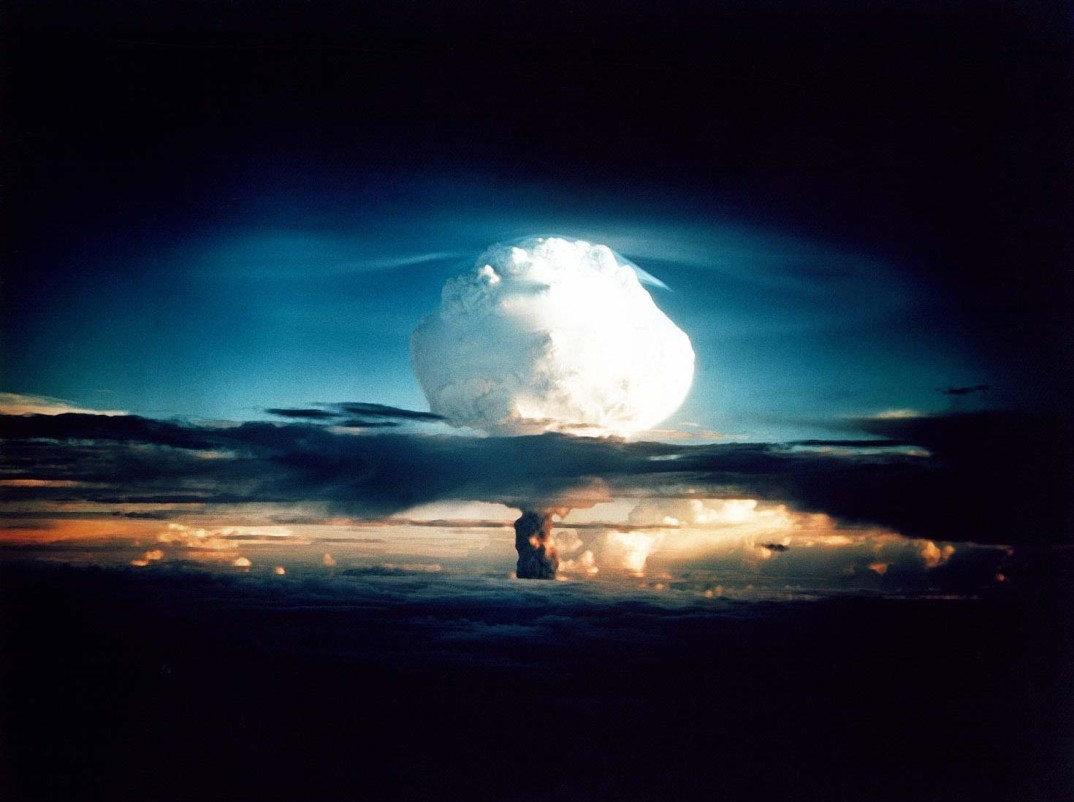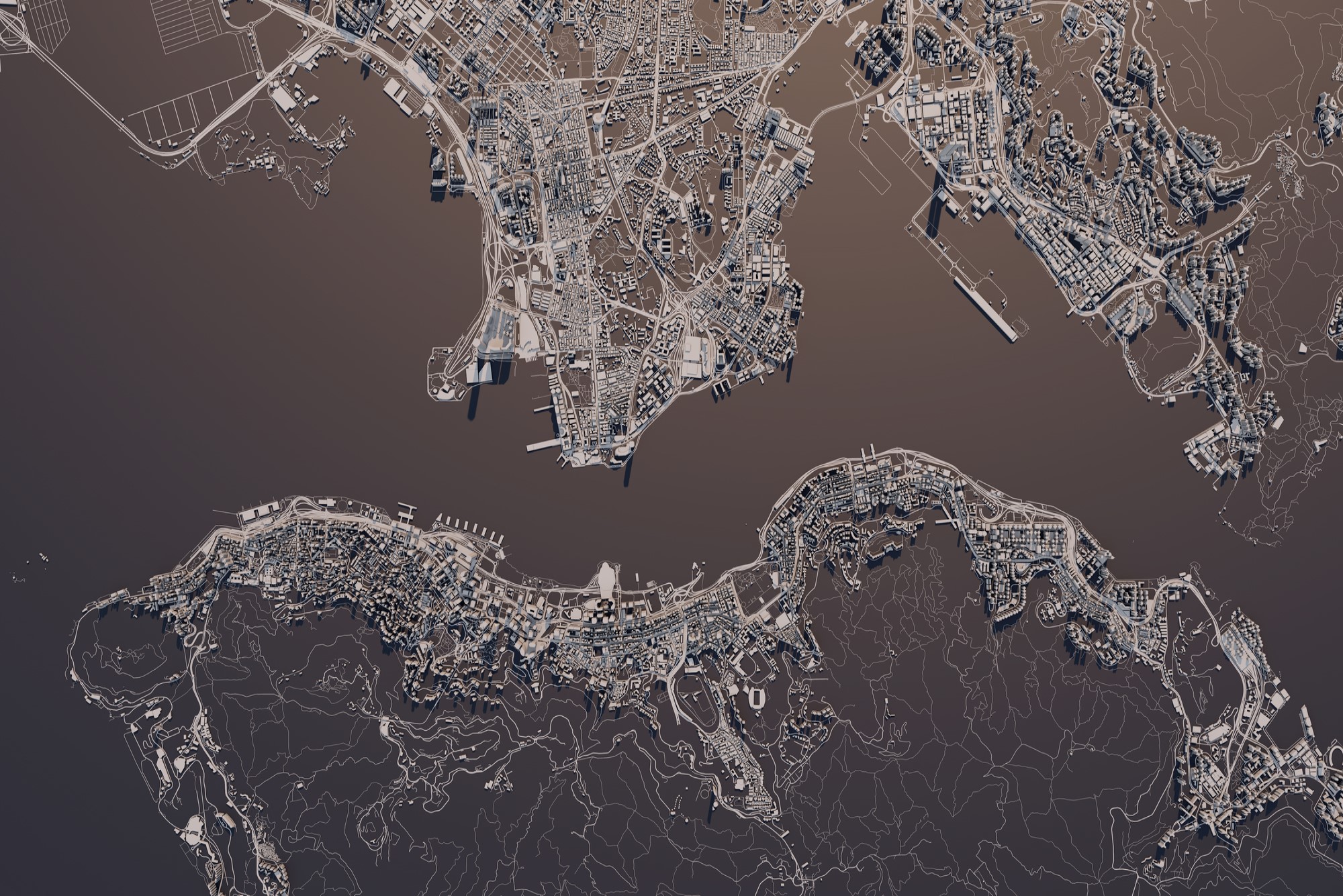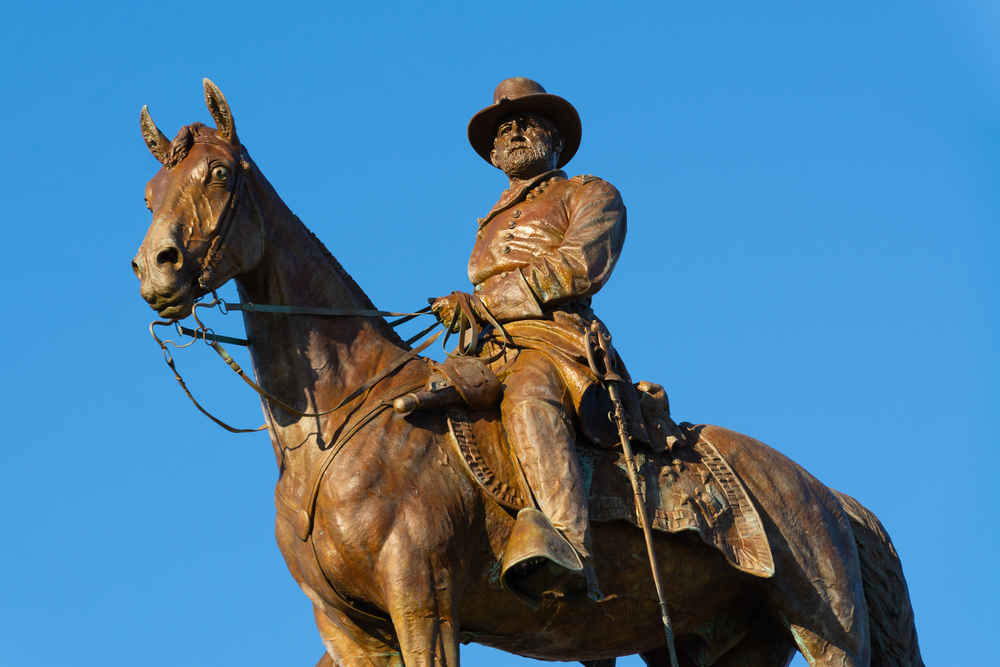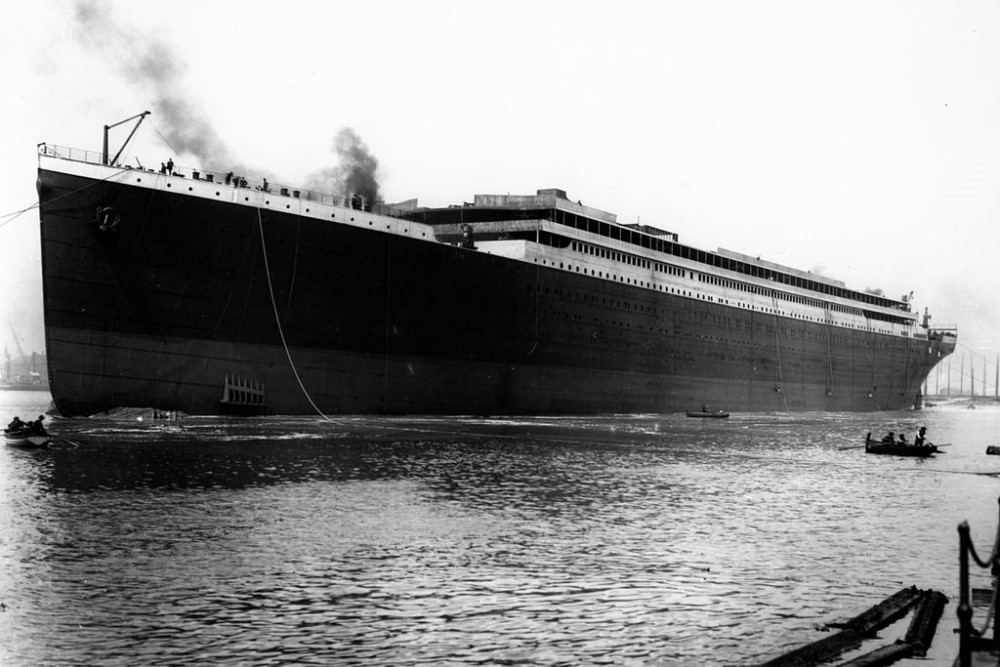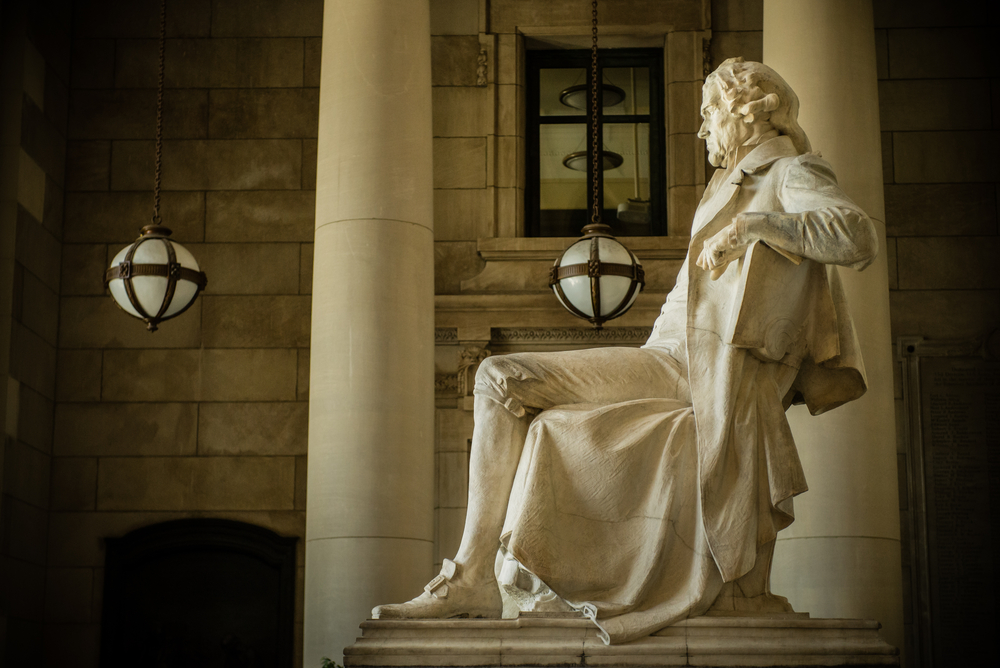Imagining Trinity’s Echoes
It was seventy years ago today that the New Mexico desert was first lit in the glare of a nuclear explosion. Dubbed “Trinity” by the scientists who had built it, the 1945 test was the first time an atomic bomb had ever been detonated. A little over a month later, similar devices would be dropped on the Japanese cities of Nagasaki and Hiroshima, ending WWII in the Pacific and killing as many as 200,000 people. Three explosions in three different locations, they were the first of many, with results that sparked fears of nuclear warfare that remain today. And now, seventy years later, photos depicting the tests pay homage to the dark anniversary.
These echoes of the atomic era are startling. Depicting unimaginable explosions and disturbed onlookers, they lend a feeling of otherworldly dread that characterized the time. Looking through them, one can almost feel the fear of this unfathomable energy, released from a reaction of incomprehensible smallness. But, as jarring as they are, the images are also decidedly clinical. Here, the only victims are plastic mannequins with painted-on faces and blank expressions. The only bystanders are military officials decked in heavy coats and thick goggles, watching the blast in uniform rows from miles away. The destroyed battleships and matchstick houses left in the explosion’s wake are vacated and deliberately constructed, placed at specific distances from the epicenter for research purposes.
The images conjure awe and a lingering sense of dread, one no doubt dwarfed by the complex emotions felt by the weapons’ creators. But they also obscure as much as they reveal. Absent from these depictions are indications of the real-world consequences of these tests. Many do not exhibit any images from the Nagasaki or Hiroshima bombings – events intrinsically connected to the Trinity test, yet largely absent from photos commemorating the incident’s anniversary. When they are mentioned, they are only done so in passing – short paragraphs and captions that act as a sideshow to the main act of nuclear explosions in the scorching desert. Other victims, such as the refugees of Bikini Atoll, where the United States tested over twenty nuclear bombs in the 1950s, are sometimes excluded entirely.
This lack of human toll reinforces a key trend in how we think about monumental forces like nuclear weaponry.These forces are terrifying precisely because they are universal; nuclear weapons primarily draw their horror from the fact that, if nuclear war ever occurred, it is possible that much of the world’s population could be wiped out. If forces like nuclear war play out, their repercussions will affect every human being on Earth – an apocalyptic prospect that lends them their dread.
Yet, until this apocalyptic conclusion is fulfilled, certain communities will continue to bear the brunt. Communities like the victims of the Nagasaki and Hiroshima bombings, the Bikini Atoll refugees and the Trinity “downwinders” have suffered and continue to suffer the direct effects of nuclear proliferation. In all of our universal, apocalyptic fear, it is these communities that are often forgotten. The same could be said for world-shaking developments like climate change. The prospect of worldwide environmental destruction also conjures a sense of dread but is rarely thought of in the human cost, which will disproportionately affect poorer countries.
There is certainly a space for commemoration of anniversaries like the Trinity tests. So too are there grim anniversaries that commemorate its costs, like the upcoming 70th anniversary of the Hiroshima and Nagasaki bombings. But the two cannot be disconnected from each other. The forces generated by the Trinity test are so enormous in the dread they create, so uniquely threatening to all of humanity, that overlooking those who bear their brunt is particularly easy. Yet so too are they forces of human creation, with human repercussions, and overlooking this fact only silences the reality that victims of nuclear testing continue to face.

